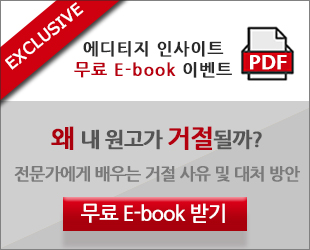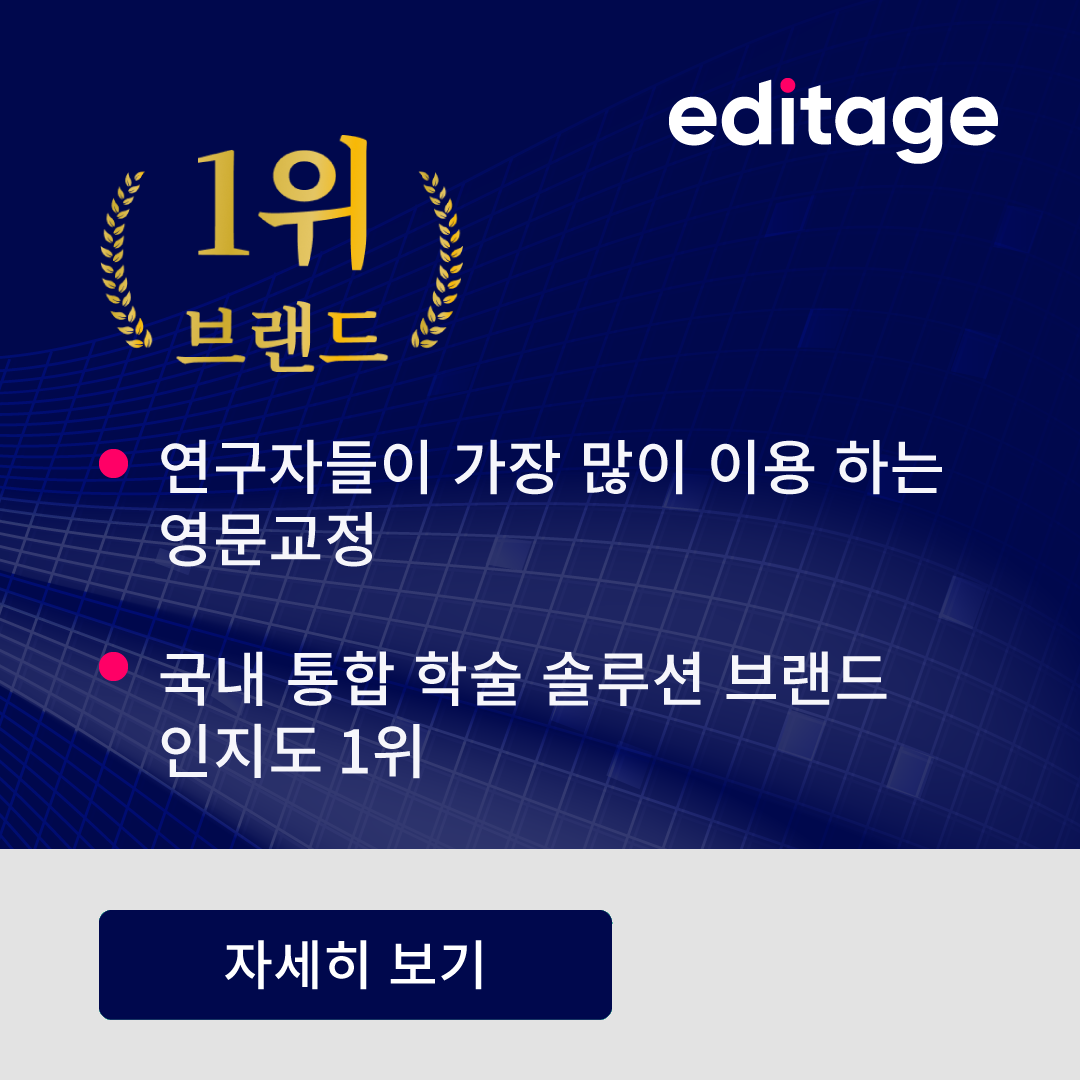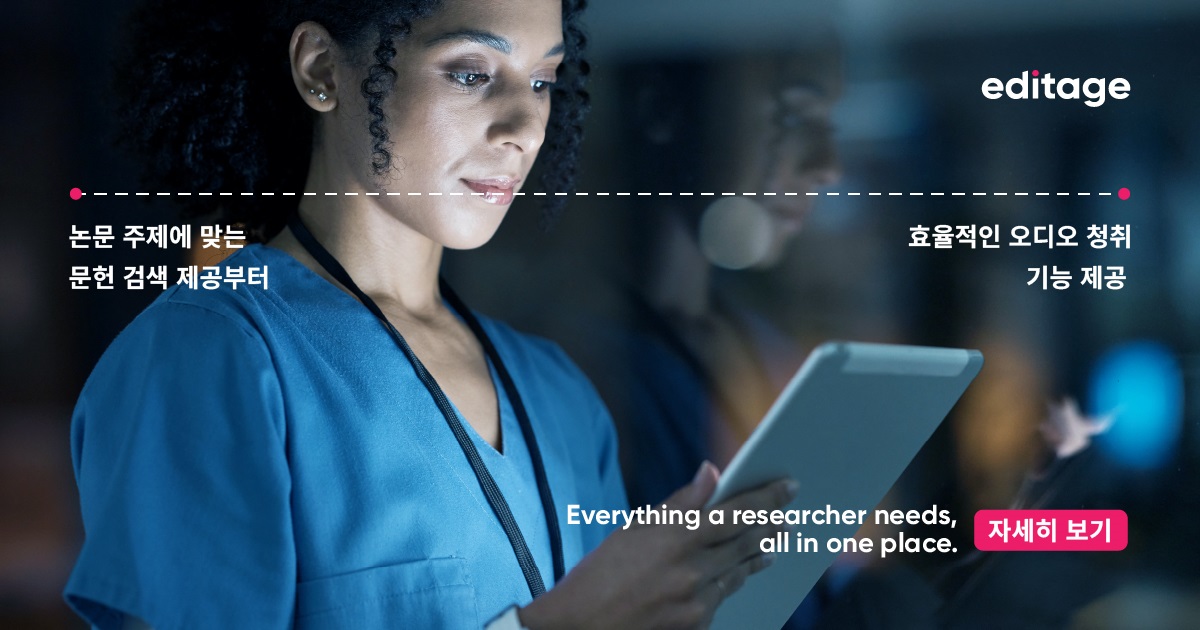Thanks for your question. Journal editors do tend to look at certain key elements of the submission package to speed up the decision-making process.
A number of journal editors would start out by glancing through the cover letter, provided that the journal stipulates that a cover letter be submitted along with the manuscript. The cover letter should convey (in brief) not only the key aspects of the research but also why the paper matches the aims and scope of the journal. One of the most common reasons for rejection at the screening stage is mismatch with the journal's scope. Editors have a keen sense of what papers fall within the scope of their journal. If the paper is not very obviously within the scope of the journal, it would help for you to use the right keywords in strategic places—the cover letter, abstract, and keywords—to tell the editor that your paper is indeed relevant.
In the cover letter, remember to highlight the novelty and future implications of your study and why you think it will be exciting for the journal’s readers. It is also important to ensure that any information required by the journal is included; for example, some journals require you to confirm in your cover letter that you have seen, read, and understood their guidelines on copyright, while others require you to recommend potential reviewers.
If the cover letter requirements have been met, the journal editor would move on to the manuscript itself. Editors, because they see so many submissions, can quickly recognize if authors have followed the formatting guidelines. Any obvious slip-ups here (like single spacing when the manuscript should be double spaced) are not going to make the editor happy. Beyond this, editors expect to see a clearly written manuscript. There are just too many submissions for editors to spend time in decoding badly written papers. Researchers are expected to know about authors' editing services and make use of them if needed so that their submissions do not have language problems.
After checking these basics, the editor would go over the title and abstract to get an idea of the research. It’s therefore very important that your title is captivating and clearly describes the essence of the study. Your abstract should contain the most relevant information that would make readers feel compelled to read the rest of the manuscript.
After this, he or she is likely to go over your figures and tables in order to see your main findings. Ensure that your figures and tables are attractive and can stand alone and clearly convey the desired information without the need for reference to the text. The editor may then visit your Methods section to check whether the study is methodologically sound and whether the methods have been described in sufficient detail to allow other researchers to replicate your study.
Usually, if all the above aspects meet the satisfaction of the journal editor, your manuscript will be processed further and sent for peer review. I hope this post has given you a fair idea of what is expected at the screening stage. All the best with your submission!










